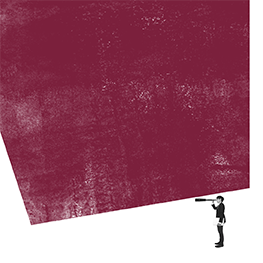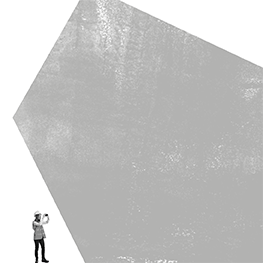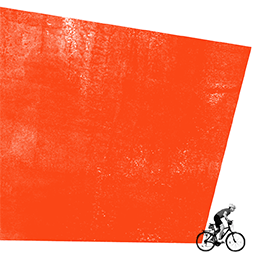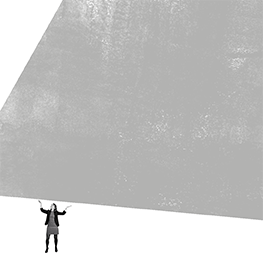
This is the latest of a series of regular blogs by our Barrister, Nicholas Dowding QC, where he will be discussing different legal issues in the world of real estate.
Modern commercial buildings tend to be constructed using more sophisticated technology, and with many more bits and pieces, than their Victorian or Georgian counterparts. That has not, of course, always been apparent to lease drafters: most of us can remember the time when it was not uncommon to encounter the traditional covenant to paint the exterior with three coats of good oil paint, or keep in repair the main timbers, in a lease of a building constructed entirely of glass and steel. However, if building technology and the demands of commercial occupiers has moved on, the legal classification of things affixed or brought onto the premises remains the same as it has been for centuries: in law, the item in question must be (i) a chattel, (ii) a fixture or (iii) an integral part of the land itself.
Taking these in reverse order, an item which has been incorporated into the building, either when built or afterwards, so as to become an integral part of it is neither a fixture nor a chattel (even though it may, before being fixed, have been a chattel: for example, a brick on a pallet). So, plate glass windows in a warehouse/office have been held to be an integral part of the building (Boswell v Crucible Steel Co. [1925] 1 K.B. 19). One way of expressing the test may be to ask whether the item is “completely a part of the land [and] essential to its convenient use” (Climie v Wood 91869) LR 4 Exch. 328).
A fixture is an item which has been affixed in such a way that it has lost its chattel nature but not so as to become an integral part of the building. A fixture may be a tenant’s fixture or a so-called landlord’s fixture. A tenant’s fixture is a fixture which satisfies the various tests for removability by the tenant. A landlord’s fixture is (helpfully!) a fixture which is not a tenant’s fixture, either because it was part of the original demised premises from the outset, or because the circumstances relating to its affixation are such that the tenant has no right to remove it. It has recently been held that an external door to the tenant’s flat was an integral part of the flat and not a landlord’s fixture (Marlborough Knightsbridge Management v Faviz [2021] EWCA Civ 989). A chattel is an item – whether or not affixed to the building – which is neither an integral part of the building nor a fixture.
The proper application of the law of dilapidations frequently requires the distinction between these three categories to be identified with some care. For example, a covenant to repair “the demised premises” will (absent contrary words) apply to fixtures and integral parts of the land, both as originally demised and (usually) as affixed or installed after the lease was granted, but not (ordinarily) chattels; the covenant to repair may expressly exclude “tenant’s fixtures”; the covenant to yield up may explicitly require the removal of “tenant’s fixtures”; or the relevant covenants may refer to “landlord’s fixtures”.
As usual, no hard-edged rules can be laid down. Everything depends on the detailed facts. Nowhere is that better shown than by contrasting two recent cases, both of which concerned the correct legal classification of a structure. In the first (Gilpin v Legg [2017] EWHC 3220 (Ch.)), beach huts at Portland Bill were held to be chattels or alternatively tenant’s fixtures, whereas in the second (The Royal Parks v Bluebird Boats [2021] EWHC 2278 (TCC)), a boathouse and jetties at Hyde Park were held to be integral parts of the land. Royal Parks shows that where the question concerns the status of an entire structure, one important consideration will be whether any re-use of the structure elsewhere would be “the salvage of parts [as opposed to] the reinstatement of the whole” so that re-assembly would be “a new construction using reclaimed materials”, in which case the structure is likely to be an integral part of the land or a landlord’s fixture.
Identifying the point at which something ceases to be a chattel and becomes a fixture can cause all sorts of difficulties in practice. Some things are obviously chattels (such as, for example, desks and chairs). But chattels are not limited solely to things which “would fall out if you held the building upside down and shook it”. They may, and often do, include things which are fixed down in some way. Partitions in particular may give rise to problems in practice. A good illustration is Riverside Park v NHS Property Services [2016] EWHC 1313 (Ch.)), which concerned what were described as standard demountable metal stud partitions (and one folding partition) with painted plasterboard on either side and fixed aluminium skirting. They had been constructed on top of the raised floor, and extended only to the underside of the suspended ceiling, and were fixed with screw fixings. It was held that they remained chattels, and had not become fixtures.
Returning to the vexed subject of lease drafting, many leases continue to refer to “fixtures and fittings”. Whereas “fixtures” has a well-established legal meaning, “fittings” does not. Depending on the context, it may mean fixtures; or fixtures and chattels; or just chattels. Where it appears as part of the composite phrase “fixtures and fittings”, it may mean chattels which have not become fixtures. But frankly its use is far better avoided!
As always, if you wish to comment or share your experiences, please feel free to contact me at [email protected].











